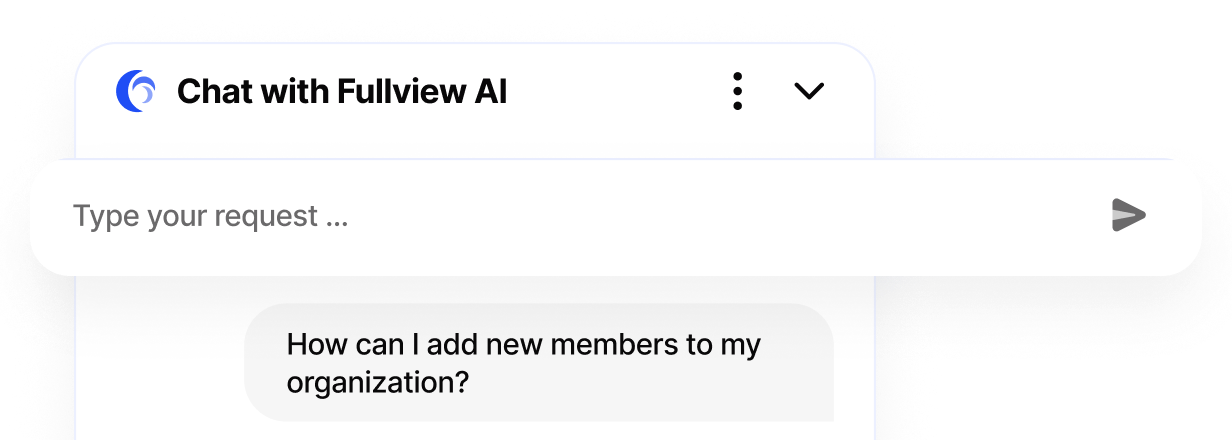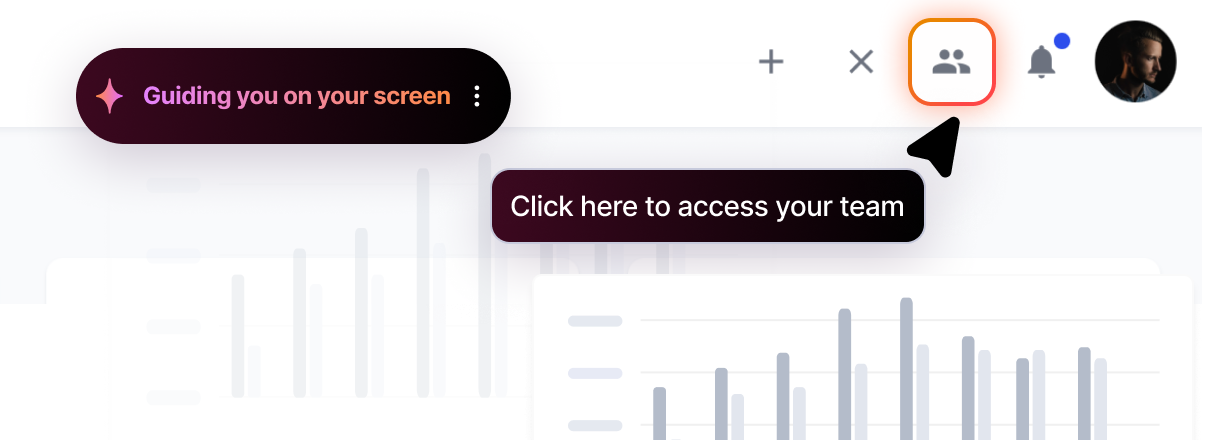Bug reporting is one of the most crucial processes to get right for software companies. Bug reporting can be used to track and fix software issues, but it can also be used to discover new features or improvements for products.
Support teams play a key role in bug reporting by helping to discover, track, and fix bugs, especially since they are most likely the first touchpoint when someone reports a bug. This is why it's so essential for support teams, who may not come from a technical or developmental background, to report bugs properly so they can be clearly communicated to developers.
Traditionally, this task is completed by filling out manual bug reports, which, unfortunately, can be quite time-consuming and tedious. Thankfully, there are better ways to complete this task.
In this article, we'll cover the best practices for bug reporting so support teams can be more efficient and effective in their bug discovery, reporting, and fixing processes.
What is a bug report?
A bug report is a document or record that describes an issue, flaw, or unexpected behavior encountered in software, hardware, or a system. It provides detailed information about the problem, including steps to reproduce it, the expected outcome, and the actual outcome. Bug reports are typically submitted by users, testers, or developers who encounter problems while using or testing a product.
Key components of a bug report typically include:
- Title/Summary: A brief description of the issue.
- Description: Detailed information about the problem, including what happened, when it occurred, and under what circumstances.
- Steps to Reproduce: Clear, step-by-step instructions on how to reproduce the issue.
- Expected Behavior: A description of what the user or tester expected to happen.
- Actual Behavior: A description of what actually occurred.
- Environment/Conditions: Information about the system environment in which the bug occurred, such as the operating system, hardware, software version, etc.
- Attachments: Screenshots, logs, or other relevant files that can help in understanding and resolving the issue.
- Priority/Severity: An assessment of the importance and impact of the bug on the system or user experience.
- Assigned To: The person or team responsible for fixing the bug.
- Status: The current state of the bug (e.g., open, assigned, fixed, closed).
Bug reports play a crucial role in the software development process by helping developers identify and resolve issues, thereby improving the quality and reliability of the software.
Best practices for bug reporting
By following these bug-reporting best practices, support teams can help improve the entire bug-reporting process for their company. Here are the top 4 best practices your support team should follow:
Clearly identify the issue
One of the most important parts of the bug reporting process is the first step: clearly identifying the issue. The more information support teams can provide, the easier it will be for developers to track down and fix the bug. However, if your team fails at this, your development team is not going to have the best foundation to build on in terms of recreating the bug and fixing it.
To accurately identify the issue, your team should first determine if they're actually dealing with a bug. There may be times when a customer believes they've found a bug, but it's actually a user error. It could be a misunderstanding of how the product works, or they may be trying to use the product in a way it wasn't meant to be used. By ensuring it is actually a bug before reporting it, your support team can avoid wasting time on issues that don't need to be fixed.
Once your team has determined that it is an issue, you can ask a user to explain the issue or send screenshots/video recordings, but often, if your users are particularly technically proficient, you may not get the best info. This is why investing in a session replay product is very handy.
Session replay tools record user sessions in your app so you can see bugs and issues in context, making it very easy to diagnose exactly what is going on — without all the guesswork.
Work on documenting it correctly
The next step after you have identified an issue is to document it correctly. This process can often be just as important as identifying the bug in the first place. Documentation is key to giving developers all of the information they need to fix a bug, but it can also help support teams keep track of issues and report them more effectively.
However, since support agents aren't developers, there can be a ton of critical information lost in the communication process. That's why it is so important to formalize these reporting practices so they can be scaled and repeated — so everyone stays on the same page. For example, maybe your team uses templates to report bugs or label issues with certain keywords. Whatever system you use to report bugs, make sure everyone is aware of it and knows how to document issues properly.
However, if your team is tired of spending an excessive amount of time on paperwork, you can also look into bug-reporting tools.
The very same session replay tools linked above can be used to share session recordings directly with developers so they can see what happened themselves, making it easier to recreate bugs and deploy fixes.
Fullview Replays is one such session replay tool that allows you to share timestamped user session recordings directly with developers and skip to errors, user steps, or warnings, which are clearly marked on the video progress bar.
Fullview Replays also includes console data, including browser, iOS, metadata, and meta events, so your developers will know exactly what went wrong where.
By using bug-reporting tools, your team can quickly document bug reports without spending hours on paperwork, and ensure that all of the information your developers need is included.
Remember to follow up and minimize information silos
As a support agent, it is your job to communicate that a bug or issue has been resolved to your customers, so make sure you frequently follow up with your development team or ask them to inform you when a fix has gone live. However, if this is a larger issue or problem, it's also important to ensure the client is updated on the status of the bug fix or has a timeline of when they should expect it to be resolved so that they don't become frustrated.
In order to effectively accomplish this task, it's essential that there is clear communication between your support and development teams. This way, no one is left in the dark about what is happening with bug fixes or deployments. Too often, information gets siloed in organizations, which can lead to a lot of frustration and wasted time.
Not only is it important to ensure that your development team is keeping your support agents updated with accurate information, but you'll also need to focus on putting processes in place to make sure this information is communicated with your users. You can use emails, in-app messages, or chats with specific users to do so.
Evaluate the effect a bug has had with impact analysis
On a non-regular basis, your team should also evaluate the effect of discovering and fixing a bug has had. This evaluation should include an analysis of the bug's impact and the steps that were taken to fix it from the customer support side. This puts your support team in the spotlight as a source of product improvements, not just as a support function.
Ideally, your support leader should find the time to run this type of analysis to share with the rest of the company. For example, "identifying bug XYZ prevented this customer from churning," or "We identified 12 bugs this quarter during support calls, and 2 were crucial to the customer experience, and it's backed by the data we see in Fullview."
By doing this, your team can demonstrate the importance of bug reporting from a customer support perspective and help to break down any silos that exist between departments.
Conclusion
By following the bug-reporting best practices outlined in this article, your customer support team can play a crucial role in improving your product and ensuring that your customers have a great experience. By using bug-reporting tools, maintaining clear communication with your development team, and conducting impact analysis, you can help to ensure that bugs are discovered quickly and fixed efficiently.


.png)





.webp)
